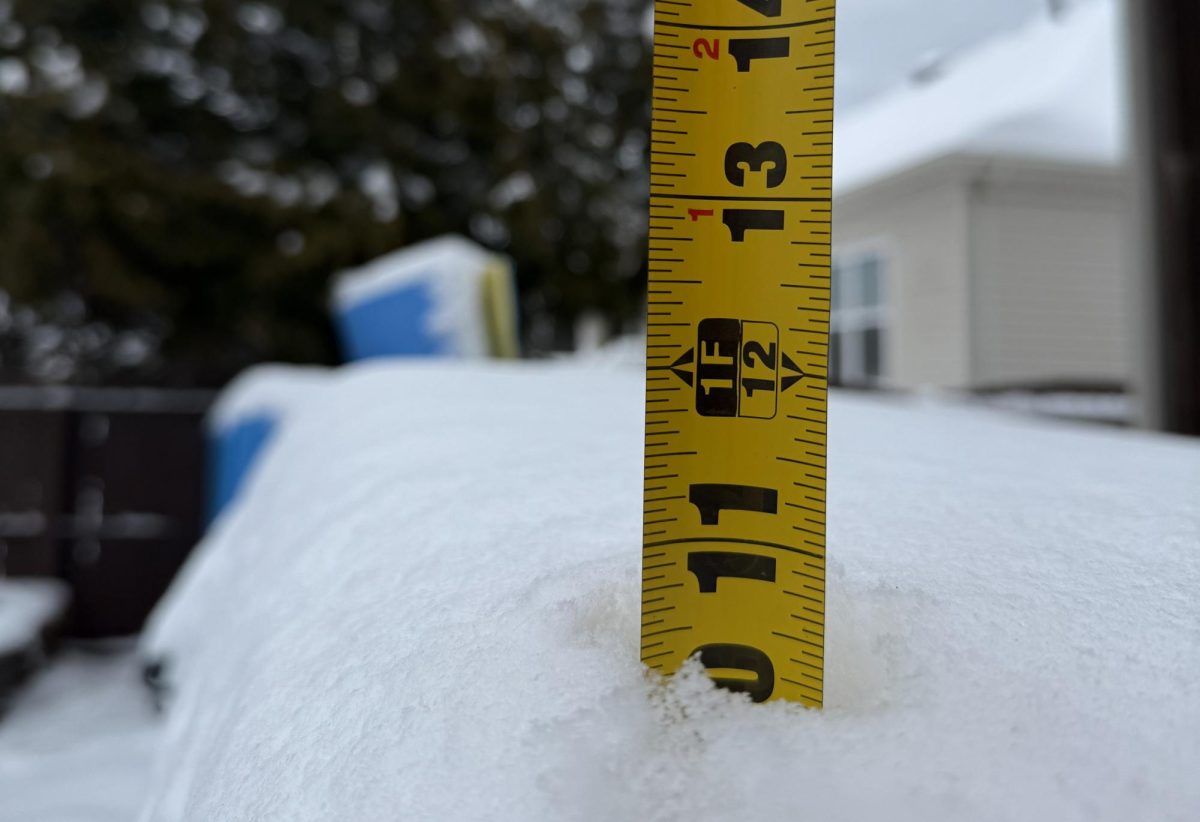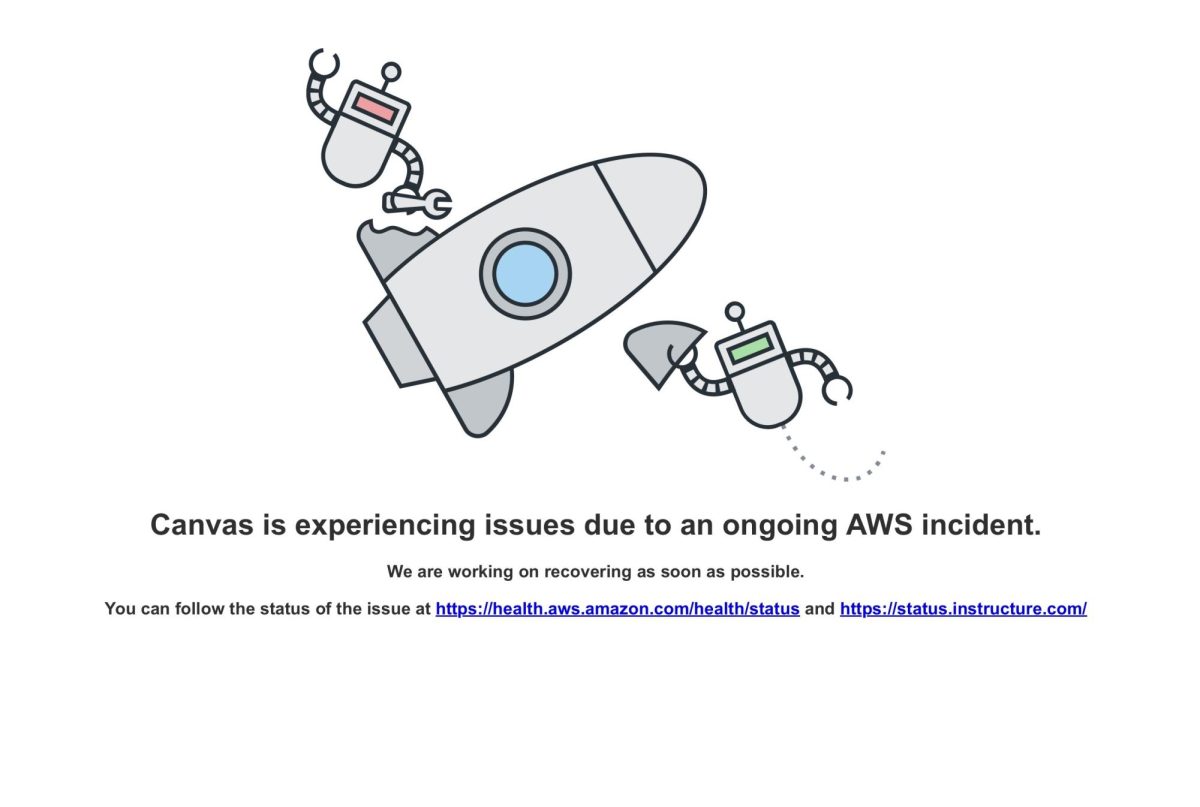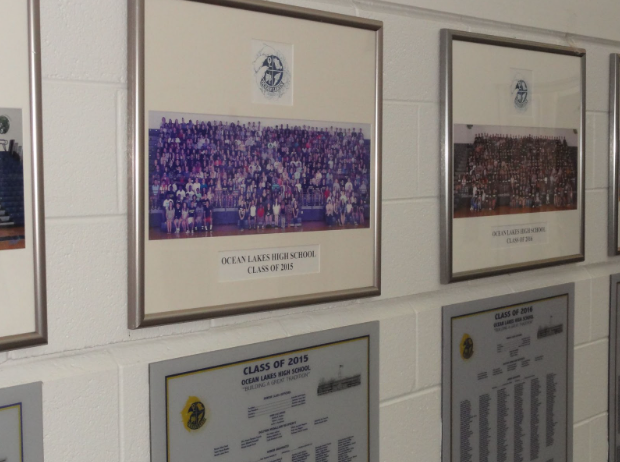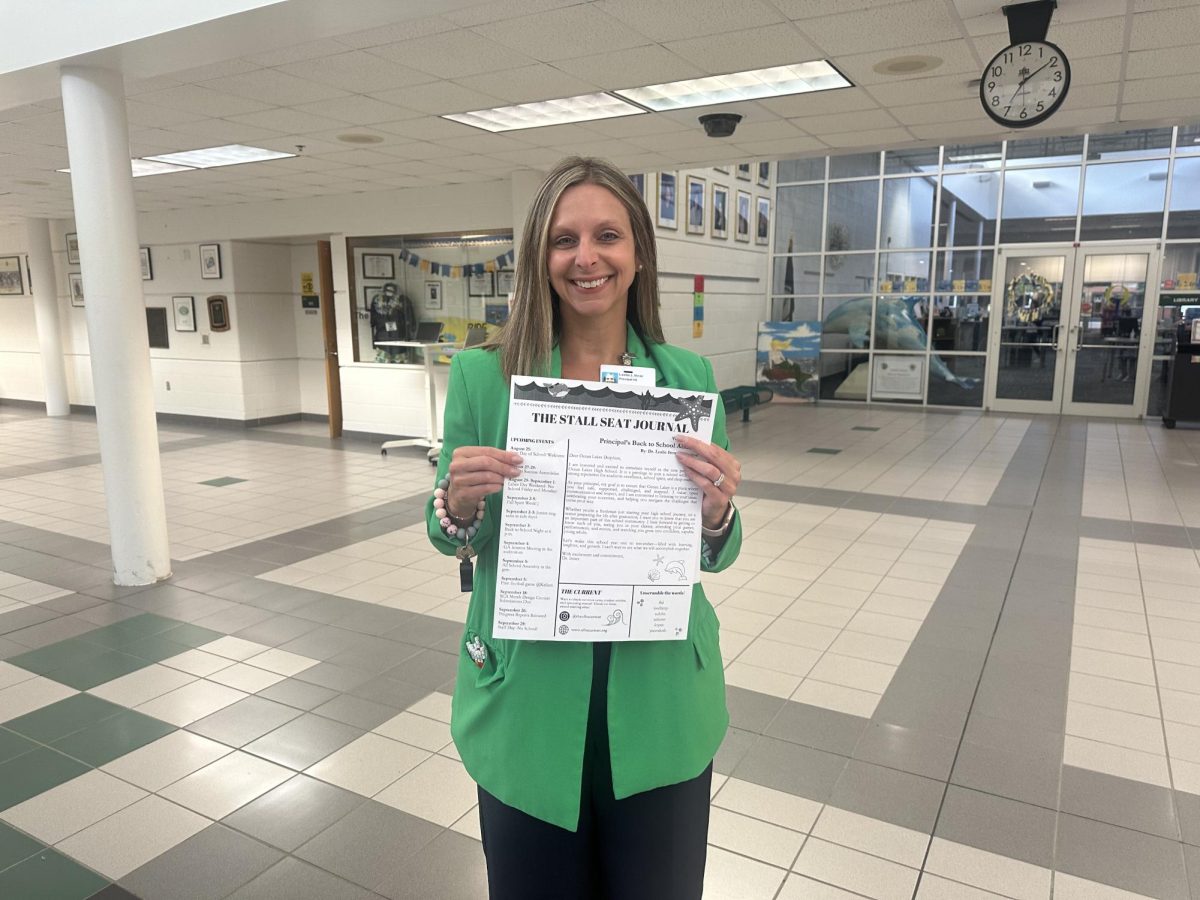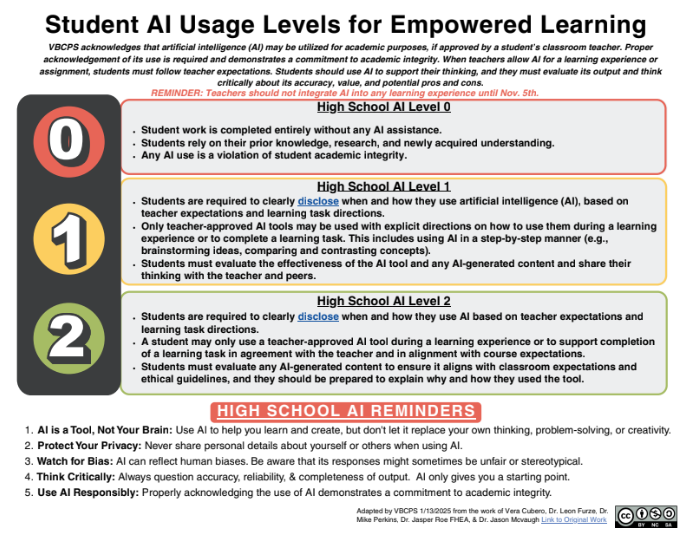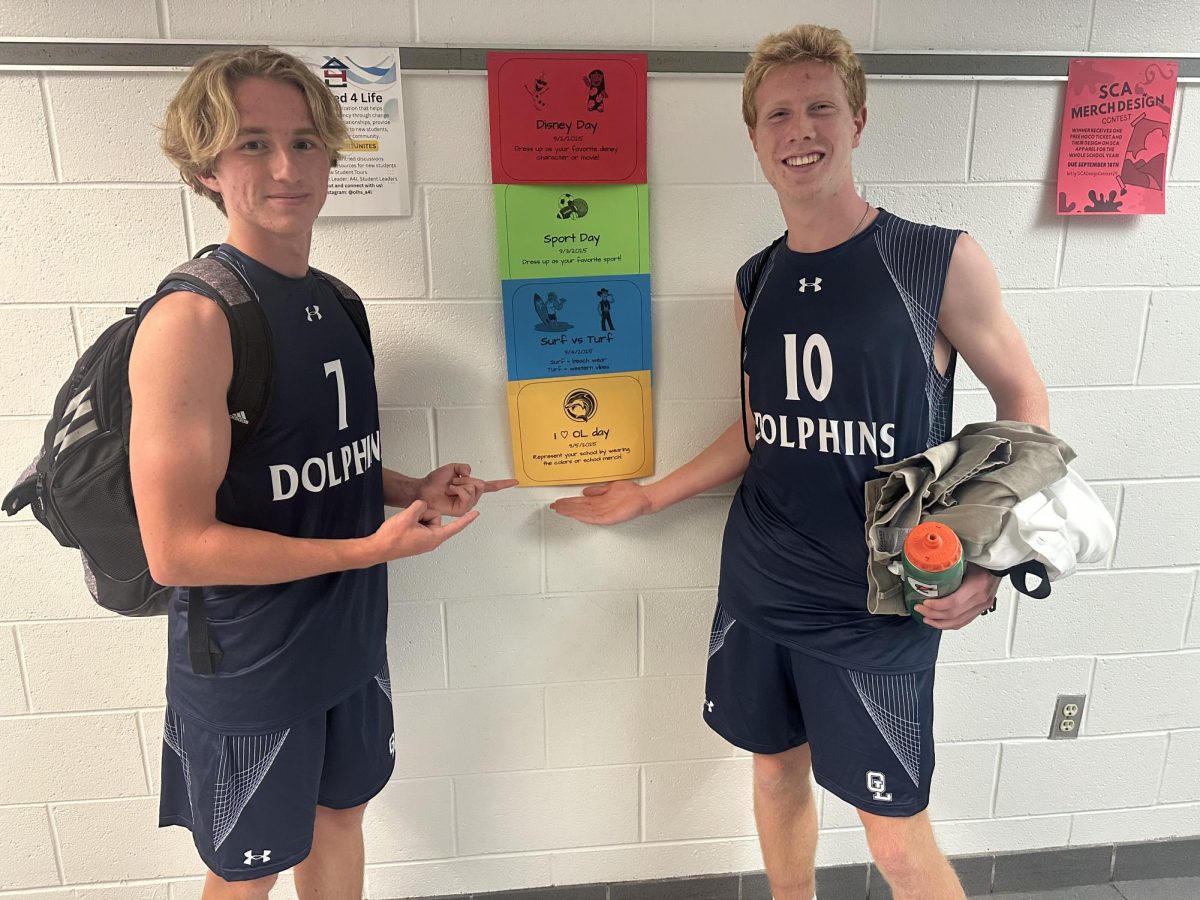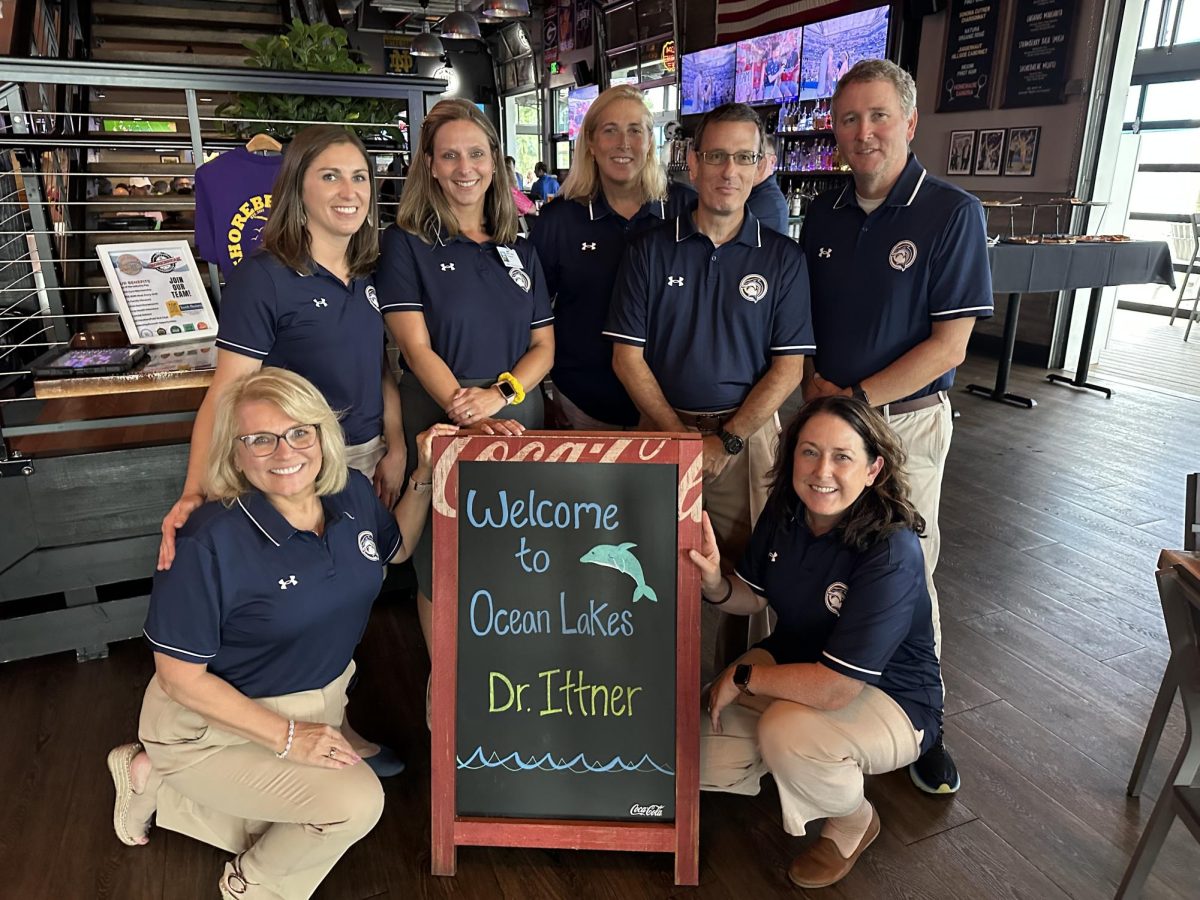Up to 10 to 12 inches of snow fell in the Hampton Roads area on Wednesday, Feb. 19, 2025, followed by another 0.5 to 1 inch of snow Thursday, which marks this as the eighth highest snowfall in Hampton Roads history.
“I’m always skeptical whenever we have snowfall predictions for the Hampton Roads area, especially when we first heard about this system towards the end of last week,” oceanography and AP Environmental Science teacher Nicholas DiNapoli said. “Most weather forecasts tend to be very broad and are constantly changing as we get closer to the actual storm.”
In the Ocean Lakes neighborhood, a student reported to have measured nine inches of snow and another student in Sawyer Lakes measured seven to nine inches of snow.
On Tuesday, Feb. 18, 2025, the National Weather Service issued a winter storm warning for the eastern half of Virginia, from Farmville to the Eastern Shore, according to The Virginian-Pilot.
Gov. Glenn Youngkin declared a state of emergency for Virginia earlier in the week, which means schools do not have to make up the snow days.
Warmer temperatures due to climate change usually cause the precipitation to fall as rain instead of snow, which is why Virginia only gets snow every few years, according to the Virginia Water Resources Research Center.
“This time, our temperatures remained low enough; thanks to a shot of arctic air from the north, to keep this storm as a snowfall event,” DiNapoli said. “Wind patterns also guided the storm right into our area, whereas sometimes the wind shifts just enough to blow storms out of our immediate vicinity.”
Snowflakes form when a cold water droplet freezes around a speck of dust, which then creates a tiny ice crystal. As each snowflake falls, it follows a unique pattern, which is why no two snowflakes are alike, according to Kidzeum.org.
As snow falls, it can pick up tiny pollutants that are in the atmosphere, but not enough to be a major concern. The longer the snow is on the ground, the higher the probability of it containing little bits of bacteria, but the microorganism activity and atmospheric pollutants are usually low, so eating a handful is not of any concern.
“As long as your snow is freshly fallen and pure white, there is very little concern with small consumption,” said DiNapoli.

